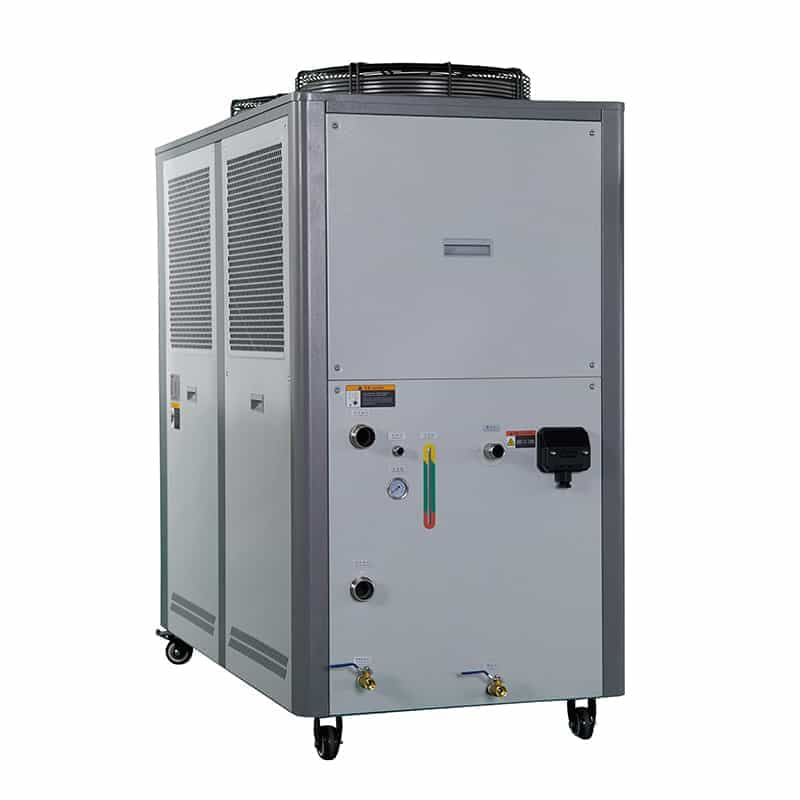
本身
html
China’s High-Precision Industrial Water Chiller Sales Market Analysis
The high-precision industrial water chiller market in China has witnessed significant growth in recent years, driven by increasing demand from various manufacturing sectors. As industries continue to prioritize energy efficiency and production precision, these specialized cooling systems have become essential components in modern industrial processes.
Market Overview
China’s industrial water chiller market has expanded rapidly, with high-precision models gaining particular traction. These systems are widely used in industries such as:
- Plastic injection molding
- Laser processing
- Medical equipment manufacturing
- Semiconductor production
- Food processing
Key Growth Drivers
Several factors contribute to the strong sales performance of high-precision industrial water chillers in China:
1. Manufacturing Sector Expansion
China’s continued industrial growth and the shift toward high-value manufacturing have created substantial demand for precision temperature control solutions.
2. Energy Efficiency Regulations
Stricter government policies on energy consumption have prompted manufacturers to upgrade to more efficient cooling systems.
3. Technological Advancements
Innovations in compressor technology, heat exchange efficiency, and control systems have improved chiller performance while reducing operational costs.
Regional Market Trends
The sales distribution of high-precision industrial water chillers varies across China’s major industrial regions:
| Region | Market Share | Key Industries |
|---|---|---|
| Yangtze River Delta | 35% | Electronics, Automotive |
| Pearl River Delta | 30% | Plastics, Medical Equipment |
| Bohai Economic Rim | 20% | Heavy Industry, Chemicals |
| Other Regions | 15% | Various |
Competitive Landscape
The market features a mix of domestic manufacturers and international brands, with Chinese companies increasingly competing on technology and quality:
- Leading domestic brands have captured about 60% of the market share
- International brands maintain strong positions in premium segments
- Specialized manufacturers are gaining ground with customized solutions
Future Outlook
The high-precision industrial water chiller market in China is expected to maintain steady growth, with projections indicating:
- Annual growth rate of 7-9% over the next five years
- Increasing adoption of IoT-enabled smart chillers
- Greater emphasis on environmentally friendly refrigerants
- Expansion into emerging industrial applications
As China’s manufacturing sector continues to evolve toward higher precision and automation, the demand for advanced industrial cooling solutions is likely to remain strong, presenting significant opportunities for both domestic and international suppliers.


